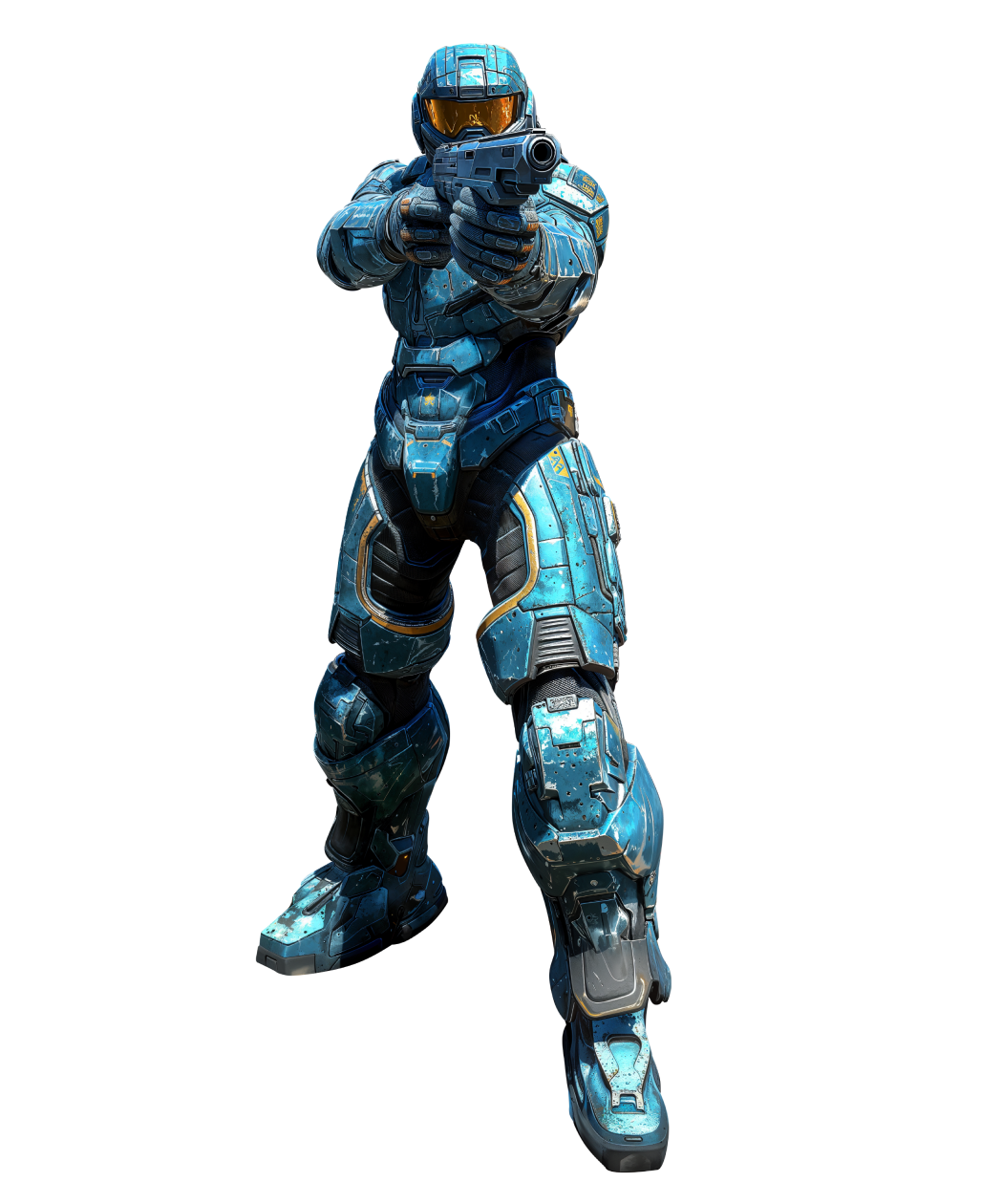The timeline for creating a custom arcade game depends on several factors, including the game's complexity, the features involved, and the size of the development team. A well-planned development process typically involves several stages, each of which can vary in duration based on the project's specific requirements. Understanding the steps and the potential timeframes for each phase is crucial for estimating the overall time required for development.
In the initial phase, concept development and planning take center stage. The core game mechanics, design elements, and objectives are defined during this stage. This phase can take anywhere from a few weeks to a few months, depending on how detailed the planning needs to be. If the arcade game requires unique features or complex mechanics, additional time will be spent refining the concept and ensuring all aspects align with the project goals.
Following the planning phase, design and prototyping begin. During this stage, designers create the game's initial sketches, wireframes, and prototypes. The goal is to visualize the gameplay mechanics, characters, and levels. Simple arcade games with basic visuals might take only a few weeks to design, while more elaborate games with custom graphics and detailed environments can extend this phase to a few months. Once the prototype is ready, the team can refine the game concept before moving into full development.
The factors influencing the timeline:
- Game complexity. Simple arcade games with basic mechanics are typically developed faster, while more intricate games with complex features require additional time for design and development.
- Feature integration. If a game requires online multiplayer, virtual reality components, or dynamic leaderboards, additional time must be allocated to incorporate these features into the game, increasing the overall timeline.
The next phase, arcade game development, typically takes the longest. Developers begin writing the code and implementing the features defined during the planning phase.
Development can be completed in a few months for games with straightforward gameplay. However, if the game includes complex features like multiplayer modes, custom animations, or advanced AI, the development timeline can stretch to six months or longer. Multiple rounds of development may also occur as the team adjusts or adds features based on feedback or testing results.
Once the game is developed, the testing and quality assurance phase begins. Testing ensures that the game runs smoothly across all intended platforms and that there are no bugs or performance issues that could hinder the player experience. Depending on the size and complexity of the game, this phase could take several weeks to a few months. If the game is designed for multiple platforms, like mobile and desktop, each platform must be tested separately, adding to the timeline.
The final stage, launching the game and post-launch support, also plays a role in the overall timeline. The launch process involves submitting the game to the relevant platforms, such as app stores or arcade systems, which can take time depending on the approval processes. Post-launch support, including updates and bug fixes, ensures the game remains engaging and functional after release. Depending on the game's popularity and user feedback, this stage can continue for months or even years.
In total, developing a custom arcade game can take anywhere from three months for simple projects to over a year for more complex titles. The size of the development team, the number of features, and the level of detail required all contribute to the overall timeline. Working with experienced arcade game developers can help streamline the process and ensure that the game is completed on schedule.
Get in touch with us if you need a more precise timeline for the development of your own arcade game. If you have an idea for an arcade game, we can help you make it a reality promptly and expertly.











































